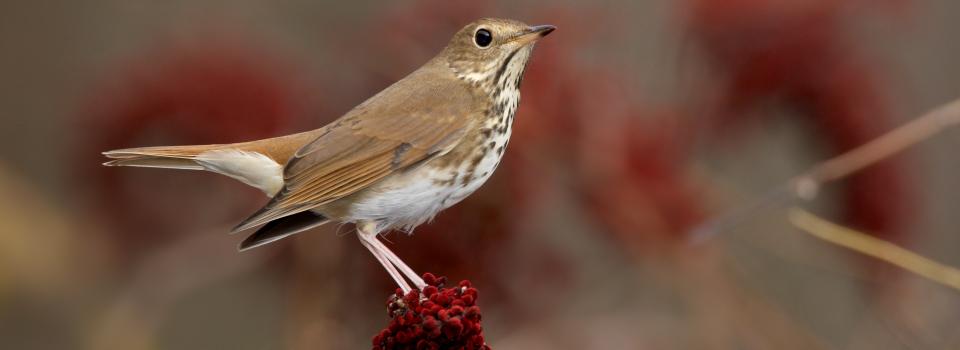
Hermit Thrush
Photo by: Robert Royse
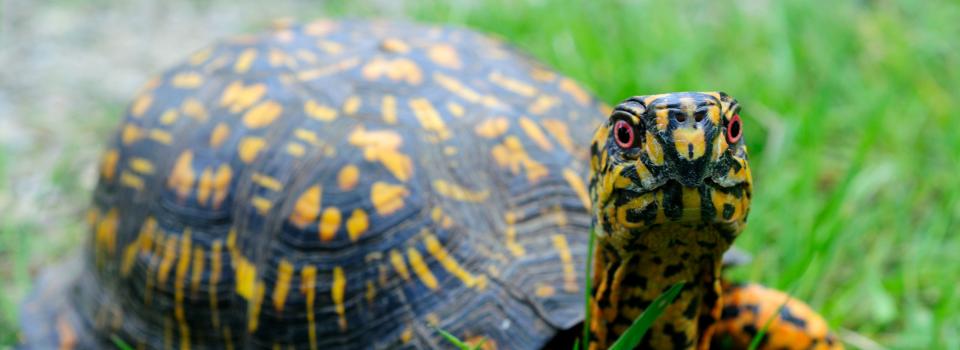
Box Turtle
Photo by: Jonathan Mays
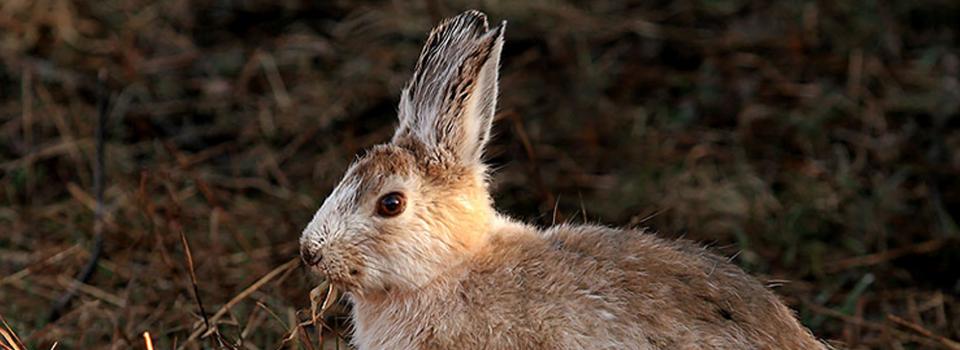
Snowshoe Hare
Photo by: Mike Hodgson

Timber Rattlesnake
Photo by: Kelly Wiley
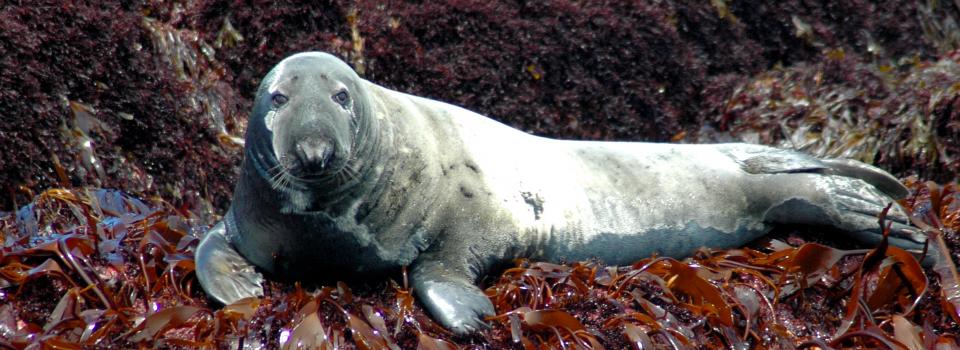
Gray Seal
Photo by: Jonathan Mays








RCN PHASE 2; PROJECT 2 POLLINATORS; JOB 2 VEGETATION MONITORING PROTOCOLS
Many pollinators depend upon open habitats and canopy gaps for foraging, and recent studies suggest that, in the Northeast, xeric, fire-influenced grasslands and barrens support a unique native pollinator assemblage.[1] These habitats are found in states throughout the Northeast Region, require active management, are in decline, support disproportionate concentrations of Species of Greatest Conservation Need (SGCN), and have been identified as priority conservation targets in many Northeast State Wildlife Action Plans (SWAPs) (Fig. 1). At least 59 Regional SGCN (RSGCN) are associated with this habitat type, and/or use this habitat opportunistically (e.g. federally listed, petitioned, and candidate bat, turtle, butterfly, and bumblebee species).[2] Because of their importance, threat level, and need for active management, the NE SWAP Synthesis identifies the habitats targeted by this proposal (barrens, glades, savannahs, xeric grasslands) as a high priority for regional conservation (NEFWDTC 2017). Although much is known about how to effectively manage and restore these habitats through the use of prescribed fire, mechanical vegetation treatments, and invasive plant control, improved information sharing across state lines and experimental adaptive management are needed to refine our understanding of the frequency, timing and sequencing of management actions—and to increase management acreages, improve habitat quality, and reduce management costs.
Development and implementation of standardized vegetation and select pollinator monitoring protocols – The value of developing and implementing standardized monitoring protocols across the region cannot be over-stated. By committing to this approach, we will be able to quantify changes in vegetation in response to management at our respective sites over time, and compare those results at sites across the region, greatly enhancing our ability to understand the effects of varied management techniques over time (pooling of regional data). Emphasis will be placed on cost effective methods that are not excessively time consuming, to ensure continued implementation over the long term.
[1] This project is focused broadly on all NE region xeric habitat types with partially to fully open canopies and moderate to high representation of forbs that provide pollen and nectaring sources (i.e. dry woodlands, glades, shrubland barrens, and grasslands).
[2] This list includes habitat generalists and some wetland species associated with a xeric habitat landscape matrix (e.g. New England Bluet).
GSA Number: GSA 00030
GSA Title: Develop Vegetation Monitoring Protocols
GSA Contractor: Massachusetts Division of Fisheries and Wildlife
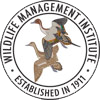
© 2020 A Wildlife Management Institute Project